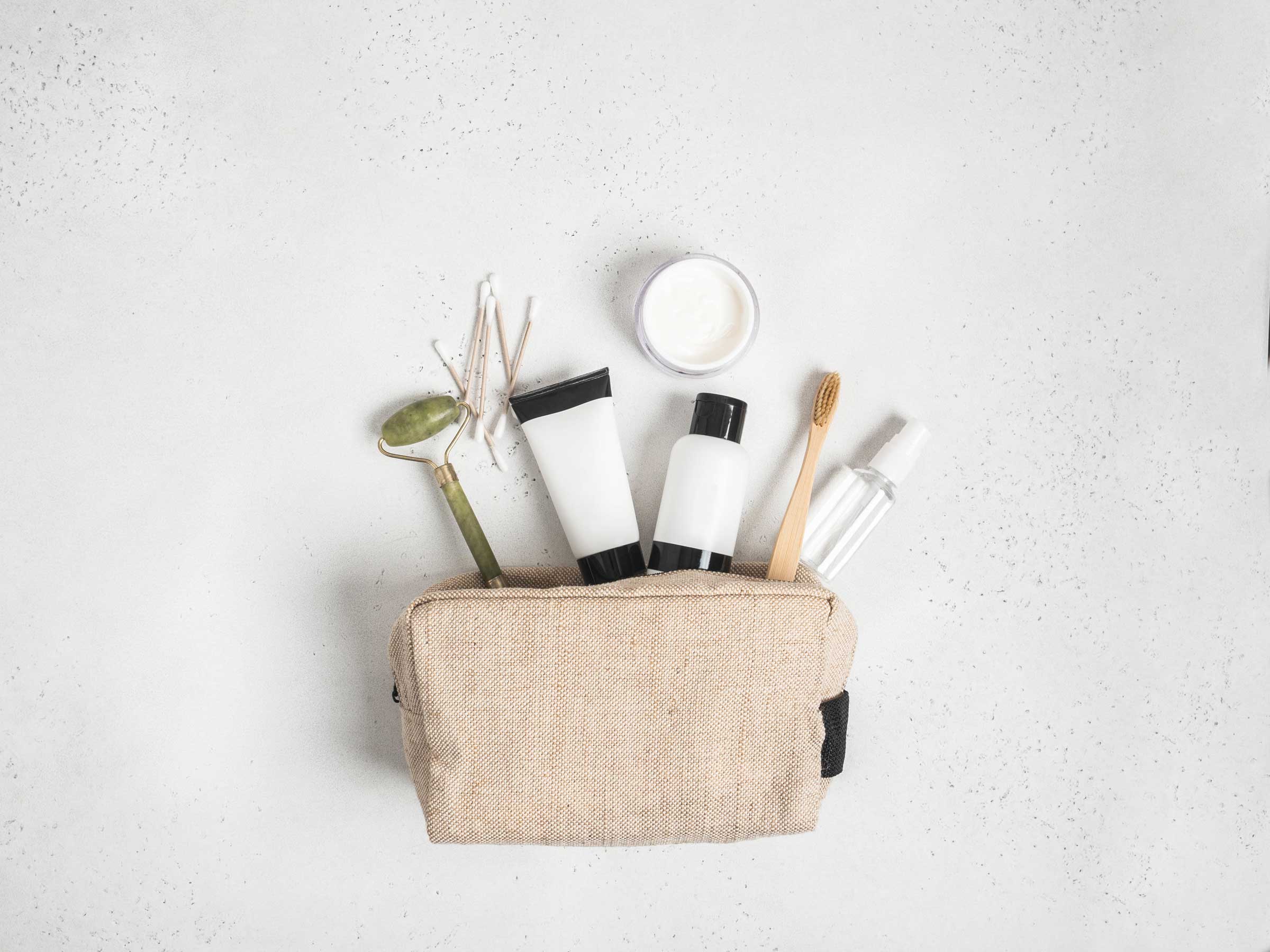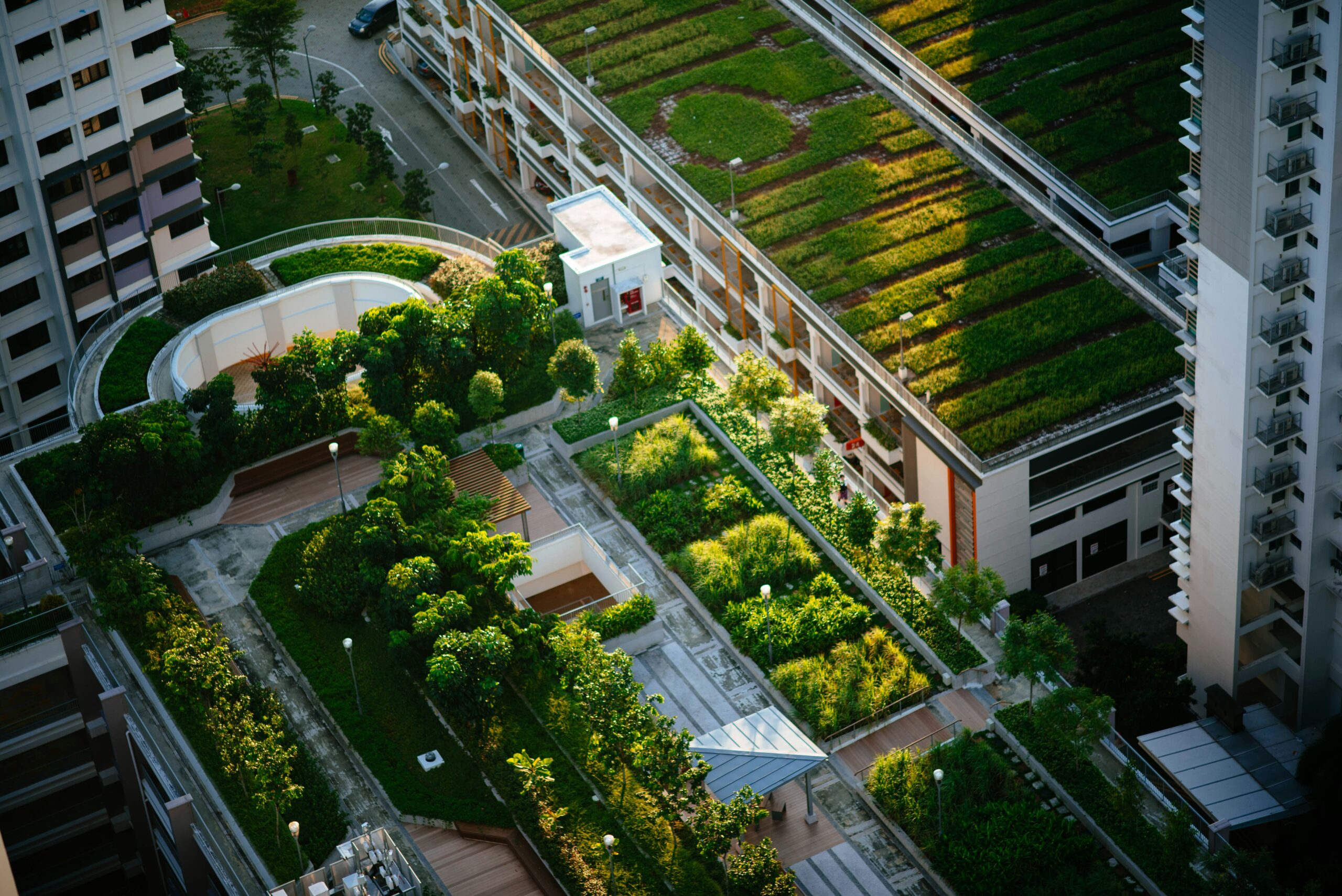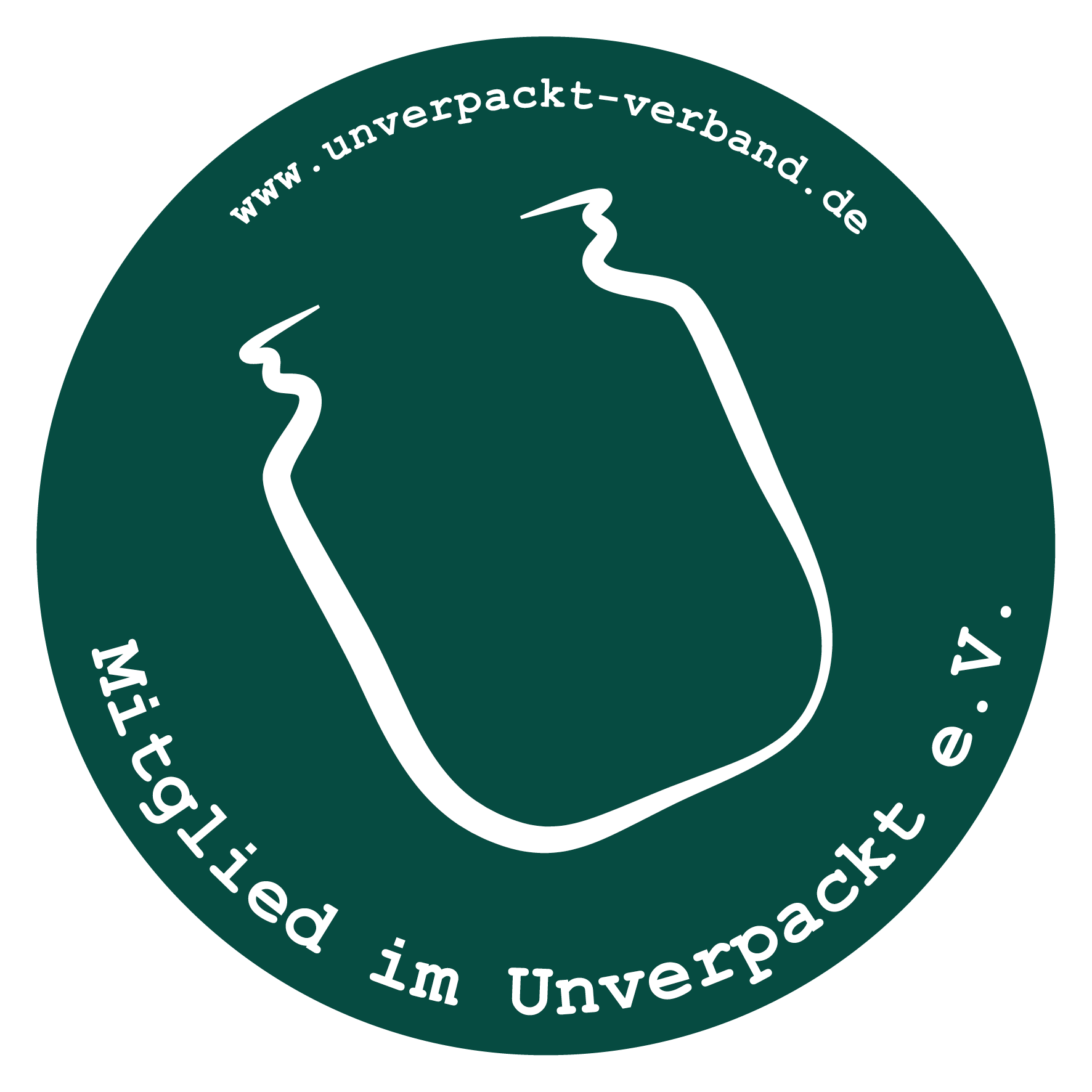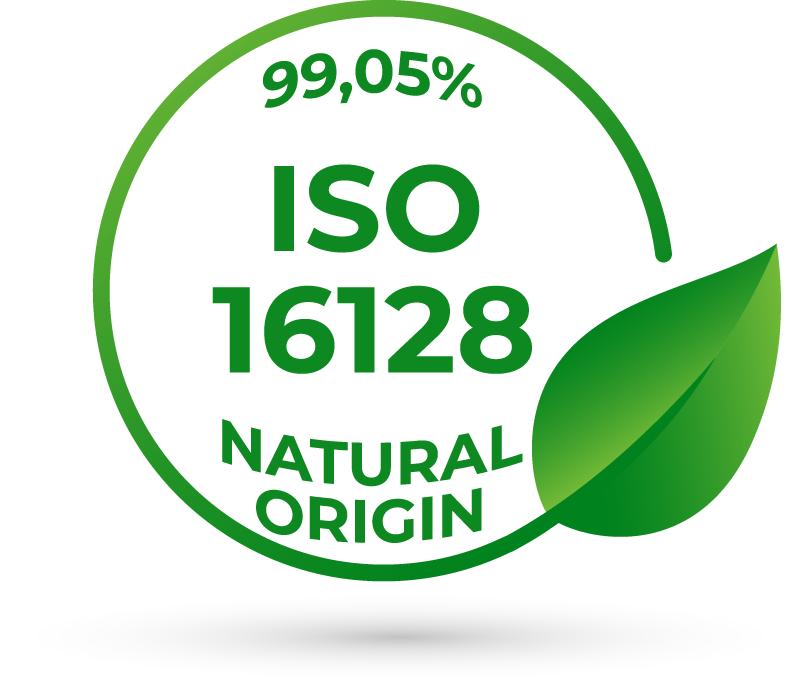Glass vs. plastic – which is more sustainable?
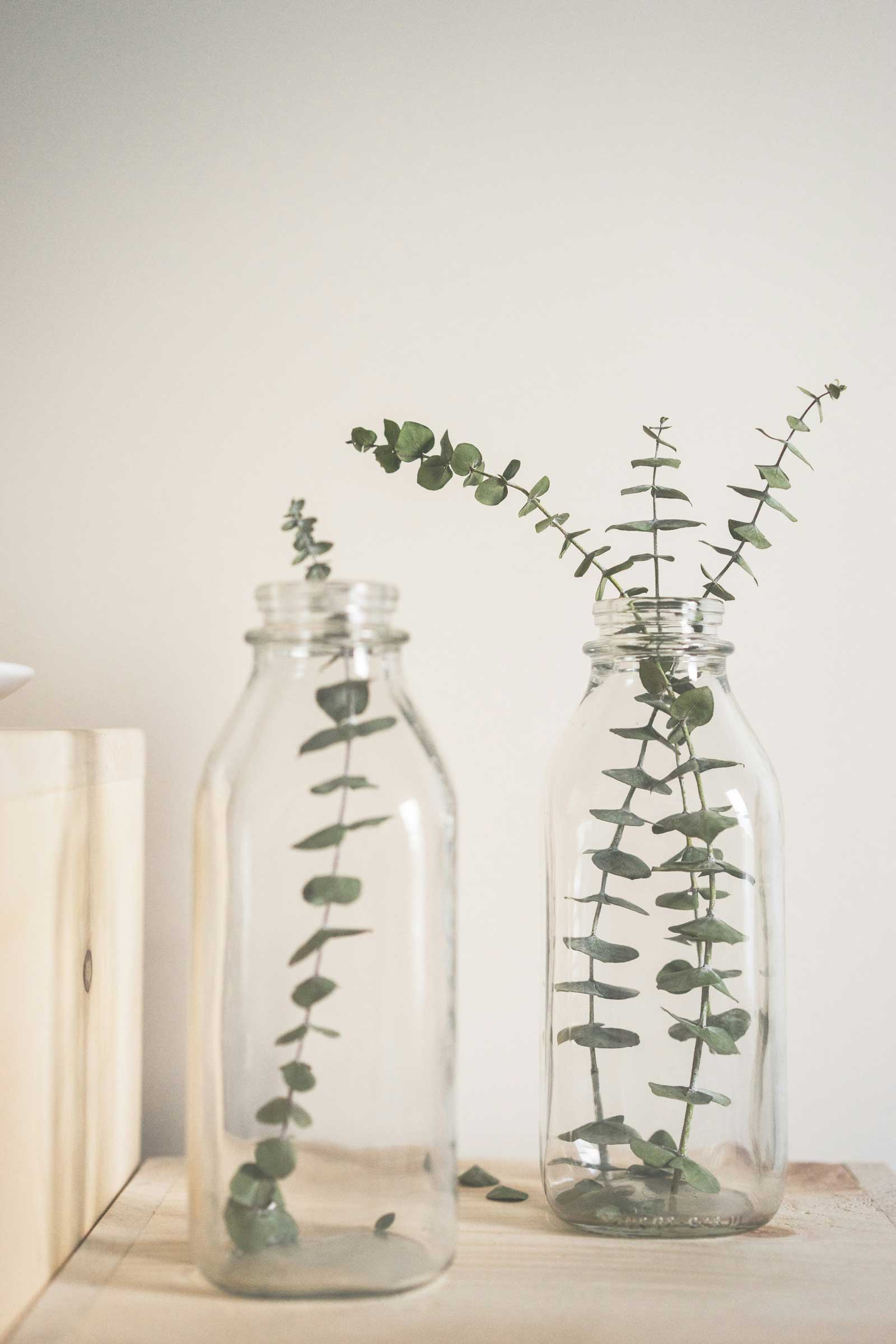
Glass vs. plastic
When it comes to choosing packaging for cosmetic products, companies are faced with a crucial question: glass or plastic? At a time when sustainability and environmental protection are becoming increasingly important, it is crucial to choose the most environmentally friendly option. Packaging plays a major role in this, as it is often an integral part of a product’s overall environmental footprint. In this article, we look at the pros and cons of glass and plastic packaging and explain why we at JONDI&MOON have opted for a combination of both.
Glass: a natural talent when it comes to sustainability
Glass is a true all-rounder when it comes to environmentally friendly packaging. It consists mainly of natural raw materials such as quartz sand, lime and soda, which are available in many regions.
This means short transportation routes and therefore less CO2 emissions. But that’s not all: glass is almost infinitely recyclable. Once produced, it can be melted down again and again and processed into new glass products without any loss of quality. This makes glass a champion when it comes to recycling and reusability. Although the production of glass is energy-intensive, there is good news here too: In recent decades, technological advances have helped to significantly reduce energy requirements. Modern melting and filter technologies ensure more efficient production with fewer emissions. The use of used glass also has a positive effect on energy requirements. The addition of recycled glass reduces energy consumption in the production of new glass by up to 30 %. This means less energy consumption and therefore less environmental impact – a double benefit for the environment.
Amber glass: the guardian angel for valuable ingredients
Our cosmetic products from JONDI&MOON are therefore packaged in stylish amber glass bottles, which offer several advantages. Amber glass protects the sensitive ingredients of our products from harmful UV rays without having to resort to environmentally harmful plastics or additional packaging. In addition, the production of amber glass enables a higher proportion of waste glass to be used, which further reduces energy requirements. In contrast to white glass, where the proportion of colored waste glass chunks is limited, up to 8 % of colored waste glass can be used with amber glass. This not only saves energy, but also reduces the amount of new glass that needs to be produced. Although we at JONDI&MOON currently rely on single-use glass packaging, we have taken steps to maximize its sustainability. Our glass bottles are designed to be used for a long time – whether through refilling or recycling. After use, the bottles are disposed of via the recycling system and processed into new glass products. In this way, glass remains in the cycle and makes an important contribution to conserving resources.
Plastic: the more flexible alternative with potential
But plastic also has its advantages, especially when it comes to refill packaging. Our refill bags are made of polypropylene (PP), a single, thin plastic that can be disposed of in the recycle garbage. The decision to use a mono-material, i.e. a plastic that consists entirely of a single type, makes recycling particularly efficient. In contrast to composite materials, which consist of different plastics and are difficult to recycle, polypropylene can be fully recycled. This means that every refill pouch becomes a valuable raw material that can be used for new products. Another advantage of plastic is its low weight. This not only saves material costs, but also reduces transportation costs and the associated CO2 emissions. This is a decisive advantage, especially for long transportation routes. Plastic packaging can also be more flexible and break-proof, which is particularly advantageous for sensitive products such as cosmetics.
It’s the combination that does it: Glass and plastic at JONDI&MOON
At JONDI&MOON, we rely on a clever combination of glass and plastic to make the most of the strengths of both materials. Glass scores with its high sustainability and ability to protect valuable ingredients, while plastic impresses with its flexibility, lightness and recyclability. By choosing mono-materials and the possibility of reuse, we ensure that our packaging is as environmentally friendly as possible. This combination allows us to utilize the benefits of both materials without unnecessarily harming the environment. Glass provides the protection and recyclability we want, while plastic reduces transportation costs and is fully recyclable. For us, this balance is the best way to combine sustainability and functionality.
The influence of consumers
Ultimately, it is consumers who can have a major impact on the environment through their purchasing decisions. By choosing products in sustainable packaging, they set an example for more environmental protection and motivate companies to invest in sustainable alternatives. At JONDI&MOON, we firmly believe that every step towards sustainability counts – be it through the choice of packaging or through conscious purchasing decisions. Let’s work together for a greener future and make a big difference with small, conscious choices. Because in the end, every contribution to conserving our valuable resources counts.


